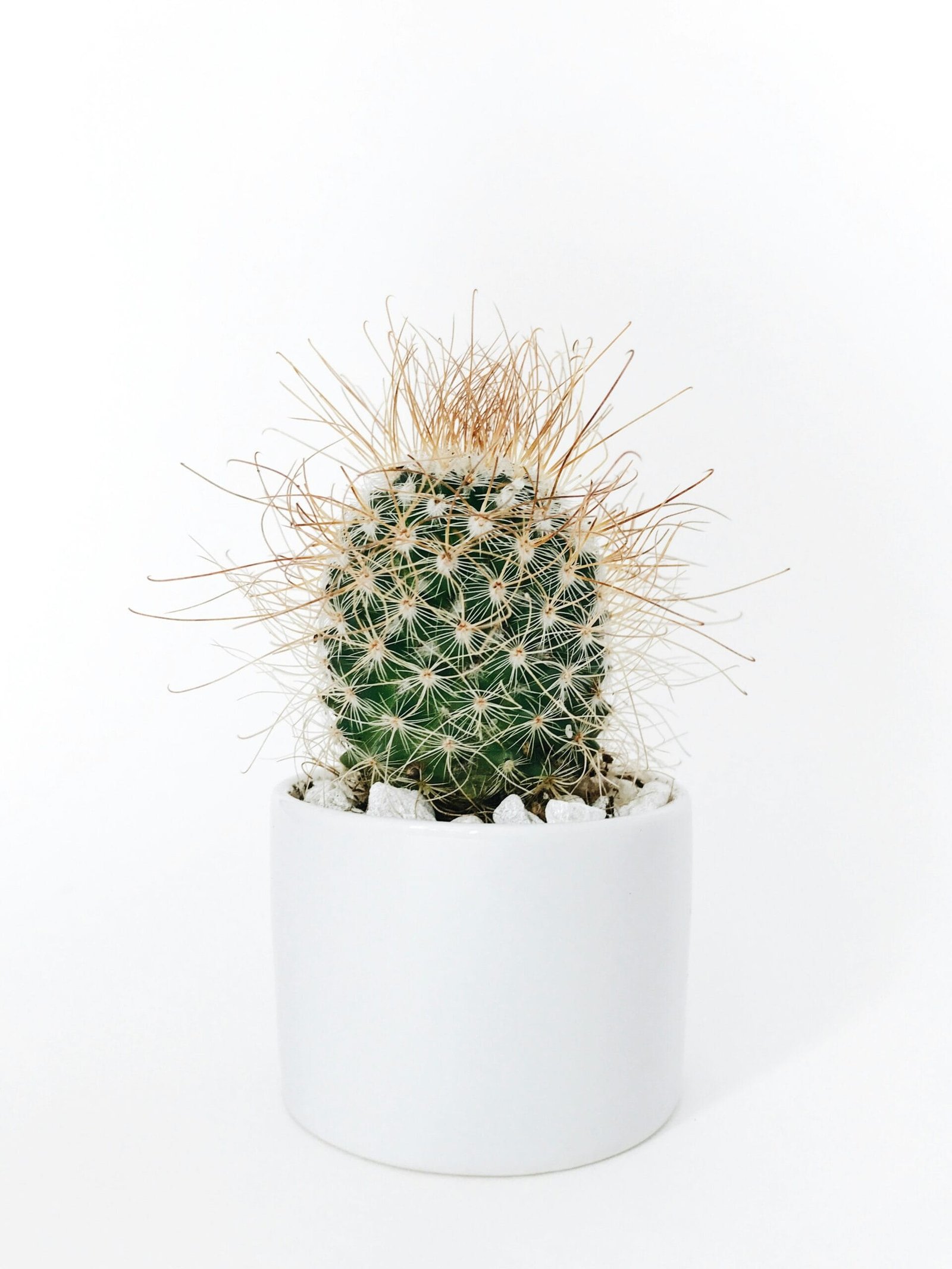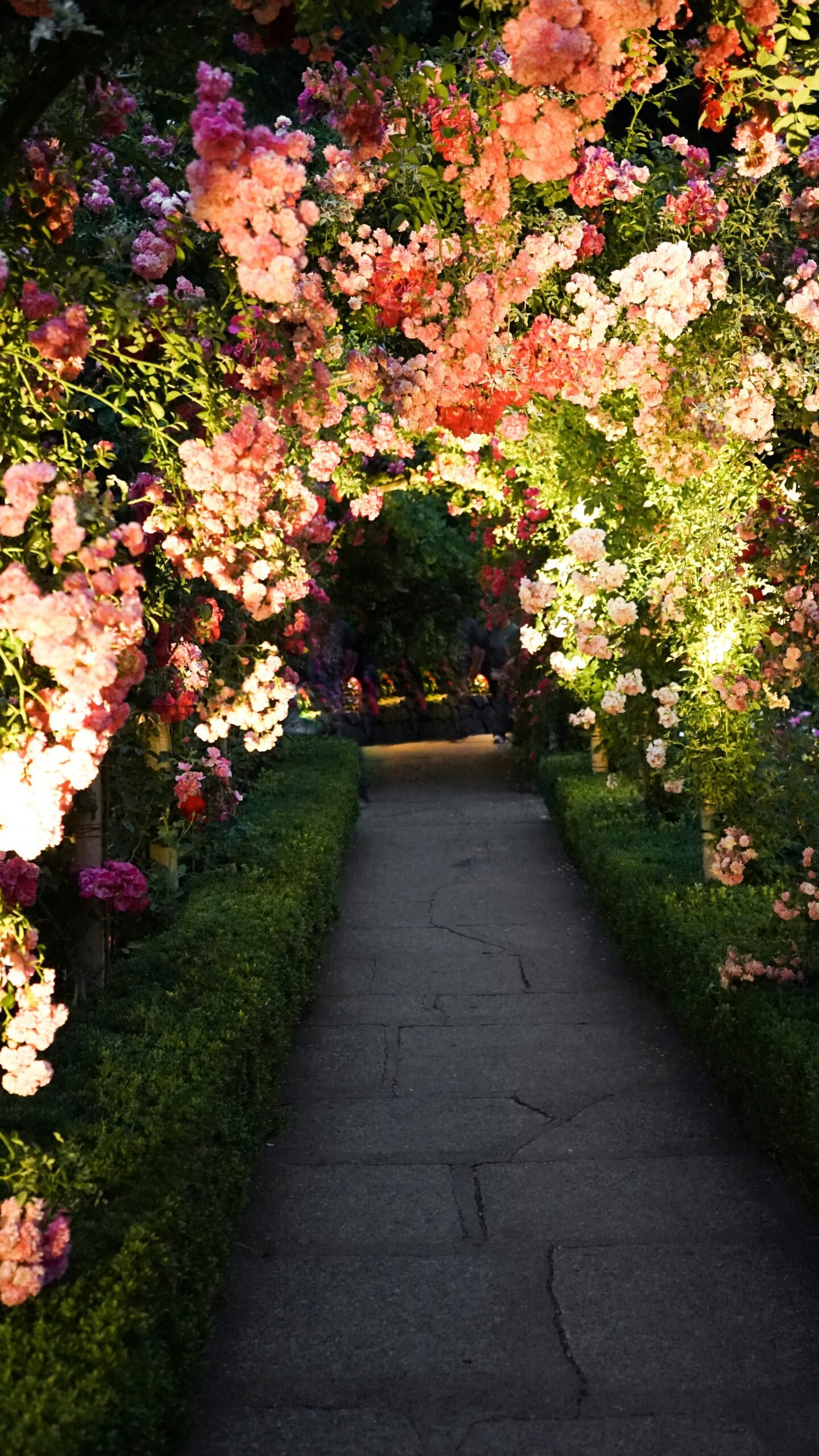Introduction to Perennial Flowers
Perennial flowers, as their name suggests, are plants that live for more than two years, distinguishing themselves from annuals, which complete their life cycle in a single growing season, and biennials, which take two years to complete theirs. This extended lifespan allows perennials to bloom year after year, making them a sustainable and cost-effective choice for home gardens. By investing in perennial flowers, gardeners can enjoy a dynamic and evolving landscape without the need for replanting each season.

Please, read our post and do not forget to check our YouTube channel “Grig Stamate”:
https://www.youtube.com/@GrigStamate
You will find there, thousands of designing, furnishing, and decorating ideas for your home interior and outdoors.
Allow me to mention one of them:
Beautiful English Garden Ideas | OUTDOOR DECOR & LANDSCAPING IDEAS #11 (video)
One of the key advantages of perennial flowers is the remarkable variety available. From sun-loving options like coneflowers and black-eyed Susans to shade-tolerant varieties such as hostas and astilbes, there is a perennial for nearly every garden situation. This diversity ensures that gardeners can find plants suited to their specific climate conditions, soil types, and aesthetic preferences. Moreover, perennials often provide extended blooming periods, contributing to the garden’s visual appeal throughout multiple seasons.
The initial investment in perennial flowers may be higher compared to annuals, as these plants often require more substantial root systems and careful placement. However, the long-term benefits far outweigh the initial costs. Once established, perennials require less maintenance, reducing the time and resources needed for replanting each year. This lower maintenance requirement not only saves money but also allows gardeners to focus on other aspects of garden care and design.
Furthermore, perennial flowers can contribute to a more environmentally friendly garden. Their deep root systems help to stabilize soil, reduce erosion, and improve water retention. Additionally, many perennial varieties attract beneficial pollinators such as bees and butterflies, which are crucial for a healthy ecosystem. By planting perennials, gardeners can create a sustainable and thriving landscape that supports local wildlife and enhances biodiversity.
Planting perennial flowers in your home garden offers a plethora of environmental benefits that contribute to a healthier ecosystem. One of the primary advantages is their role in soil stabilization. Perennial plants have deep and extensive root systems that help bind the soil together, significantly reducing erosion. This is particularly vital in areas prone to heavy rainfall or on slopes where soil erosion can be a serious issue. Furthermore, these robust root systems also improve soil structure by creating channels that enhance water infiltration and aeration, fostering a more fertile and resilient soil environment.
Another crucial environmental benefit of perennial flowers is their support for biodiversity. These plants provide essential habitats and food sources for a variety of pollinators, including bees, butterflies, and birds. Pollinators play a pivotal role in the reproduction of many flowering plants, and their presence is fundamental to the health of our ecosystems. By planting perennials, gardeners can create a thriving habitat that encourages the proliferation of these beneficial creatures, thereby promoting ecological balance and diversity.
In addition to supporting biodiversity, perennial flowers are also effective in sequestering carbon. The process of photosynthesis allows these plants to capture carbon dioxide from the atmosphere and store it in their roots and surrounding soil. This carbon sequestration helps mitigate the effects of climate change by reducing the amount of carbon dioxide in the atmosphere.
Moreover, perennial flowers typically require less water than traditional lawns and many annual plants. Their deep root systems allow them to access water from deeper soil layers, making them more drought-resistant. This reduced need for irrigation not only conserves water resources but also decreases the gardener’s water bill and maintenance efforts.
Incorporating perennial flowers into your home garden is a sustainable choice that offers significant environmental benefits. From preventing soil erosion and improving soil health to supporting pollinators and sequestering carbon, these plants contribute positively to the environment while enhancing the beauty and functionality of your garden.
Planting perennial flowers in your home garden offers significant economic advantages that can lead to substantial savings over time. While the initial investment in perennial flowers may be higher compared to annuals, the long-term benefits far outweigh the upfront costs. Unlike annuals, which need to be replanted every year, perennials return year after year, eliminating the need for yearly replanting. This not only reduces the cost of purchasing new plants but also minimizes the time and effort required for planting each season.
Furthermore, perennial flowers generally have lower maintenance requirements, which can lead to additional cost savings. They often require less water once established, reducing your water bill and conserving this vital resource. Many perennials are also more resistant to pests and diseases compared to annuals, which decreases the need for expensive pesticides and fertilizers. This lowers your gardening expenses and contributes to a more sustainable gardening practice.
Specific examples of cost-effective perennial flowers include daylilies, coneflowers, and black-eyed Susans. Daylilies are incredibly resilient and can thrive in a variety of soil types, needing minimal care once established. Coneflowers are known for their drought tolerance and ability to attract beneficial pollinators, which can enhance the overall health of your garden. Black-eyed Susans are hardy and require little to no fertilizers, making them a budget-friendly option for any home garden.
In conclusion, the economic advantages of planting perennial flowers are clear. Although the initial cost may be higher, the long-term savings on replanting, water, and maintenance make perennials a wise investment for any gardener looking to create a beautiful, cost-effective, and sustainable garden.
Aesthetic and Practical Benefits
Perennial flowers offer a multitude of aesthetic and practical benefits for home gardens. One of the most notable attributes of perennials is their ability to provide year-round beauty through seasonal blooms. These flowers come in a wide array of colors and textures, allowing gardeners to create visually captivating landscapes that change with the seasons. From the vibrant blossoms of spring to the rich hues of autumn, perennials ensure that your garden remains a dynamic and engaging space throughout the year.
Beyond their visual appeal, perennial flowers also play a crucial role in enhancing the practical functionality of your garden. They can be strategically used to create stunning landscape designs that not only look beautiful but also serve various purposes. For instance, taller perennials can act as natural barriers, providing privacy and reducing noise, while low-growing varieties can serve as effective ground covers, preventing soil erosion and suppressing weeds.
In addition to their structural benefits, perennial flowers are excellent at attracting wildlife. Many perennials produce nectar-rich blooms that draw in pollinators such as bees, butterflies, and hummingbirds. By planting a diverse range of perennials, you can create a thriving ecosystem in your garden that supports local wildlife and promotes biodiversity.
When selecting perennials for your garden, it is essential to consider their compatibility in terms of color, bloom time, and growing conditions. Aim to choose flowers that complement each other and thrive in your specific climate and soil type. For instance, pairing early bloomers with late-season varieties ensures continuous color throughout the growing season. Additionally, selecting plants that have similar water and sunlight requirements will help them flourish together, creating a cohesive and harmonious garden space.
Overall, the integration of perennial flowers in your home garden offers both aesthetic charm and practical advantages. By carefully selecting and arranging these plants, you can enjoy a garden that is not only beautiful but also functional and supportive of local wildlife.
Other related posts from our website:
https://howtobuildahouseblog.com/how-to-border-the-flower-beds-in-your-garden/
https://howtobuildahouseblog.com/the-joy-of-making-a-patio-flower-garden/
Thank you so much for your attention.
Stay tuned. We will upload many other amazing posts to our website and videos onto our YouTube channel.
Thank you so much.
for your time and attention.
Best Regards
See you to another post,
Bye, Bye



No Responses